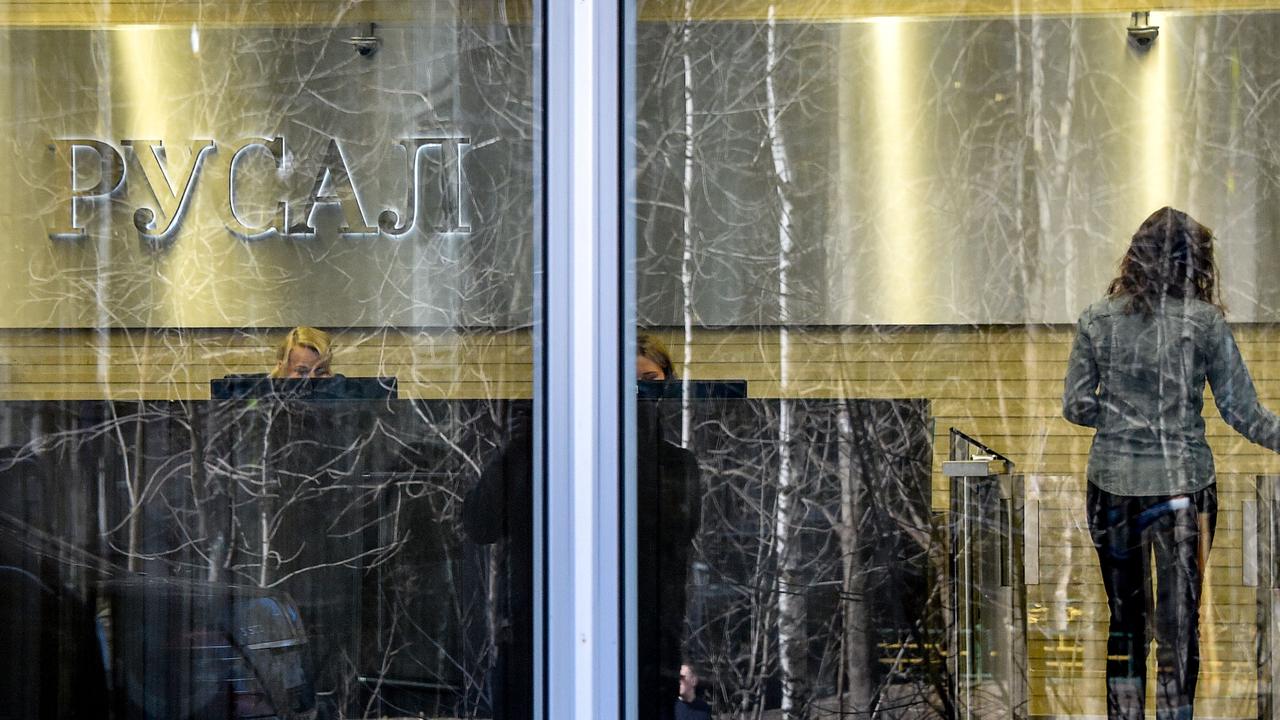Wesfarmers goodwill goes bad
The size of Wesfarmers’ impairments is of less consequence than the underlying issues that drove them.

The non-cash impairments to the value of Target ($1.1 billion to $1.3bn) and Curragh ($600 million to $850m) weren’t unexpected, given the recent implosions in the performance of the two businesses.
Wesfarmers’ resources business lost $118m in the December half and Target’s earnings have been dwindling for years and it now faces a major restructuring and re-positioning after being brought next to its high-performing sibling, Kmart, with a new department store division headed by Guy Russo.
The size of the impairments, given their non-cash nature, is of less consequence that the underlying issues that drove them.
The collapse in coal prices and losses on its currency hedges have ravaged Curragh’s performance. There is no expectation in the sector that coal prices will recover materially even in the longer term.
Target has been impacted by the general downturn in the department store sector, particularly for discount department store businesses – other than Kmart, which has been a major factor in the deterioration in Target’s earnings, as well as those of its rival, the BigW division of Woolworths.
Both have been destabilised by Kmart’s disruptive volume and price-driven model and both have undergone a series of so-far unsuccessful, but continuing, restructurings.
The restructuring of Target will result in $145m of restructuring costs and provisions in the second half of the current financial year, beyond an underlying loss before interest and tax of about $50m as Russo tries to rebase the business’ costs, clear excess or unwanted inventory, and develop a new and sustainable strategy for the brand.
There are already-announced plans to move Target’s head office from Geelong closer to Melbourne and there will inevitably be some rationalisation of its store network.
Russo said today he was confident that over time there could be a great future for both Target and Kmart as “parallel but differentiated brands.’’ There are those who are sceptical of the ability of the two brands to co-exist without cannibalisation of each other’s sales.
The impairments, totalling between $1.7bn and $2.2bn, won’t impact Wesfarmers’ final dividend, which will be based on its earnings after excluding them.
Wesfarmers said that the Target impairments were mainly against its historic share of the Coles Group goodwill. There was an earlier write-down of that goodwill -- $680m in 2014.
One of the issues Wesfarmers has had to struggle with since its $19.3bn takeover of the Coles businesses in late 2007 is that acquisition accounting principles meant it introduced about $16 billion of goodwill into its balance sheet as a consequence.
That goodwill has weighed very heavily on what was previously a stellar return on equity. It only recently, thanks to the performance of Kmart, Bunnings and Coles, pushed its ROE back into double digits.
At the time Wesfarmers acquired the Coles Group (largely with scrip issued at record and inflated pre-crisis levels), Target was the best-performing of the brands acquired. In the allocation of the goodwill generated by the acquisition it therefore ended up with $2.4bn of goodwill in its books against a modest $273m for the then-struggling Kmart.
The accounting treatment of goodwill only works in one direction. As Richard Goyder said today, Wesfarmers isn’t able to recognise in its accounts the substantial value it has created within Coles and Kmart (or, perhaps, the value that has been transferred from Target to Kmart).
The burden of the goodwill has decimated Target’s stated return on funds as its earnings have tumbled, while Kmart’s returns have soared as its surging earnings have interacted with the modest levels of goodwill within its carrying value.
While Wesfarmers can’t do anything about re-allocating some of Target’s goodwill to Kmart, the latest impairment does, however, create a more realistic base of funds employed for Target in future.
It will also, with the Curragh charge, produce a smaller reported equity base and enable Wesfarmers – if Russo can stabilise Target and hopefully achieve some level of turnaround – to report improved returns on capital in future.




Wesfarmers’ swingeing writedowns of the value of its Target discount department store and Curragh coal businesses reflect structural changes to their performances and prospects. There’s also an element of history being redressed in the $1 billion-plus writedown of Target’s goodwill.